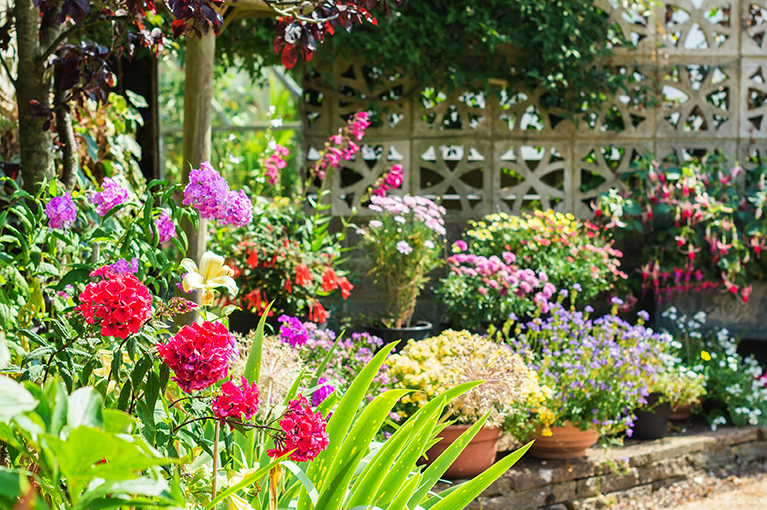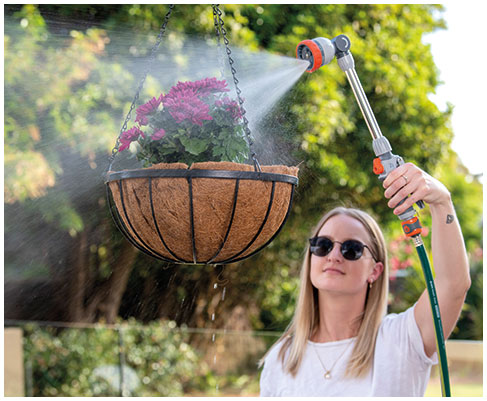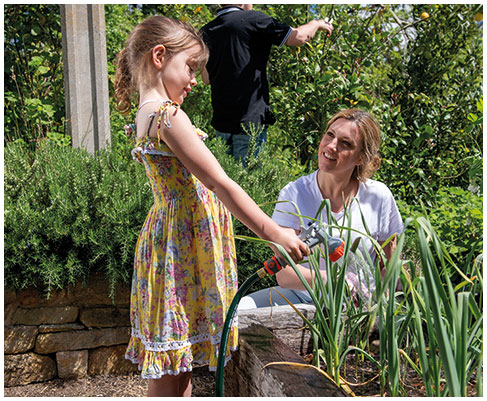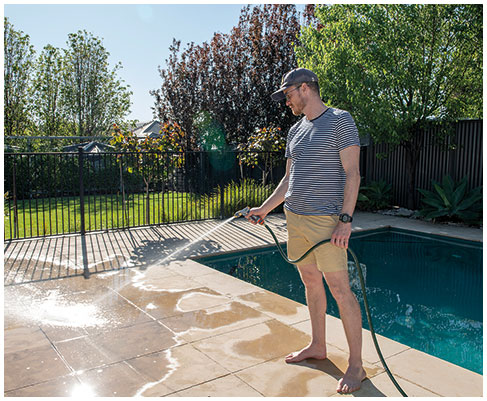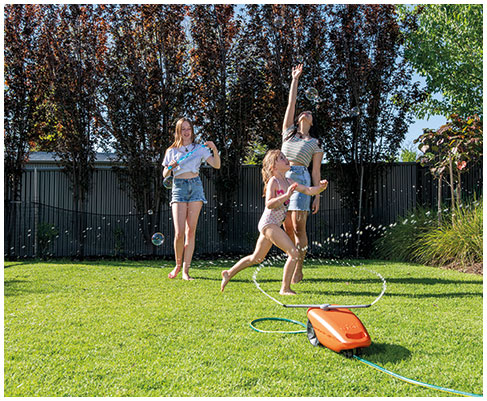Learning how to make compost at home has become a bit of a buzzword in the gardening community, and while the theory seems relatively easy, DIY composting takes a lot of time and patience in practice. Rather than looking at garden compost as an end game to enrich your soil and recycle your scraps, it’s a continual project that you can take care of for years to come.
Reaping the rewards of having good homemade compost may take some time and adjustments, but we believe this is a case of practice makes perfect. Compost soil, as some of you know, is decay of organic matter by worms and microbes that turn your scraps into rich soil or humus, giving your garden a myriad of benefits.

Benefits of a compost bin
While composting means you’re repurposing your kitchen scraps, grass and shrub clippings, leaves and old potting mix, you’re also helping the environment by creating less waste and giving natural nutrients back into the Earth. What’s more, you’ll be enriching your soil to keep it moist and nutrient-dense, sprinkling it around growing plants or adding to a new veggie patch.
Don’t worry if your scraps are large as you can cut them up to speed up the aeration process. A rule of thumb for composting is that a good heap won’t be smelly or feel slimy, rather it’ll feel moist – it’s best to add aeration techniques to your composting to keep the materials moving and easier to decompose. Using a garden fork should do the trick!
How to start a compost bin
Backyards come in many different sizes, so work with what you’ve got and compost to the size of your garden. If your compost bin is fairly small, keep a close watch on it as they tend to overfill quickly and will need aeration; try purchasing a tumbler that will make the process easier and put it where there’s space.
You can compost directly on the Earth in a specially designed bin or tumbler somewhere out of the way, or if you have the space to use, add two or three bays especially if you have a lot of cuttings to process. With this method, you can fill one bay and cover it with a wet hessian bag or cloth and begin to fill the next bay, speeding up the decomposition process and letting it do the work for you. If your compost bin is far away from the home, keep a smaller bin close by for scraps and deliver it to the bigger bin once a week to help your mix.
What goes in a compost bin
How to make compost at home comes down to a science – you need a balance of Carbon and Nitrogen so your homemade compost will thrive.
The usual ‘brown’ materials help produce carbon, so having scraps like:
- straw
- shredded non-glossy paper
- shredded carboard
- dry leaves
- eggshells
- potting mix, and
- tea leaves
all help when it comes to starting a compost bin.
Starting your own compost bin at home is fun and easy, and you’ll be doing your bit to reduce the food waste that ends up in landfills around the world. So get started today!
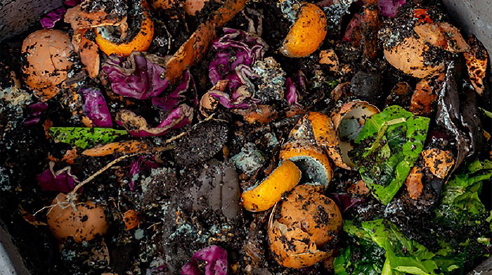




Pope’s DIY Tip
Starting a compost bin can be difficult in the cooler months due to rain and the slowed decaying process in cold weather, however if you begin composting in the hotter months, keep your compost moist by watering it with a can or hand spray.
While composting means you’re repurposing your kitchen scraps, grass and shrub clippings, leaves and old potting mix, you’re also helping the environment by creating less waste and giving natural nutrients back into the Earth. What’s more, you’ll be enriching your soil to keep it moist and nutrient-dense, sprinkling it around growing plants or adding to a new veggie patch.
Don’t worry if your scraps are large as you can cut them up to speed up the aeration process. A rule of thumb for composting is that a good heap won’t be smelly or feel slimy, rather it’ll feel moist – it’s best to add aeration techniques to your composting to keep the materials moving and easier to decompose. Using a garden fork should do the trick!
Backyards come in many different sizes, so work with what you’ve got and compost to the size of your garden. If your compost bin is fairly small, keep a close watch on it as they tend to overfill quickly and will need aeration; try purchasing a tumbler that will make the process easier and put it where there’s space.
You can compost directly on the Earth in a specially designed bin or tumbler somewhere out of the way, or if you have the space to use, add two or three bays especially if you have a lot of cuttings to process. With this method, you can fill one bay and cover it with a wet hessian bag or cloth and begin to fill the next bay, speeding up the decomposition process and letting it do the work for you. If your compost bin is far away from the home, keep a smaller bin close by for scraps and deliver it to the bigger bin once a week to help your mix.
What goes in a compost bin
How to make compost at home comes down to a science – you need a balance of Carbon and Nitrogen so your homemade compost will thrive.
The usual ‘brown’ materials help produce carbon, so having scraps like:
- straw
- shredded non-glossy paper
- shredded carboard
- dry leaves
- eggshells
- potting mix, and
- tea leaves
all help when it comes to starting a compost bin.
Starting your own compost bin at home is fun and easy, and you’ll be doing your bit to reduce the food waste that ends up in landfills around the world. So get started today!





Pope’s DIY Tip
Starting a compost bin can be difficult in the cooler months due to rain and the slowed decaying process in cold weather, however if you begin composting in the hotter months, keep your compost moist by watering it with a can or hand spray.
How to make compost at home comes down to a science – you need a balance of Carbon and Nitrogen so your homemade compost will thrive.
The usual ‘brown’ materials help produce carbon, so having scraps like:
- straw
- shredded non-glossy paper
- shredded carboard
- dry leaves
- eggshells
- potting mix, and
- tea leaves
all help when it comes to starting a compost bin.
Starting your own compost bin at home is fun and easy, and you’ll be doing your bit to reduce the food waste that ends up in landfills around the world. So get started today!





Pope’s DIY Tip
Starting a compost bin can be difficult in the cooler months due to rain and the slowed decaying process in cold weather, however if you begin composting in the hotter months, keep your compost moist by watering it with a can or hand spray.










